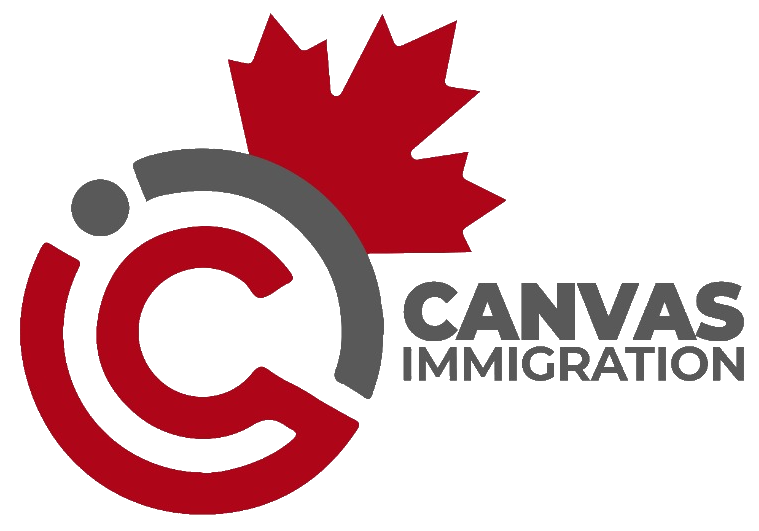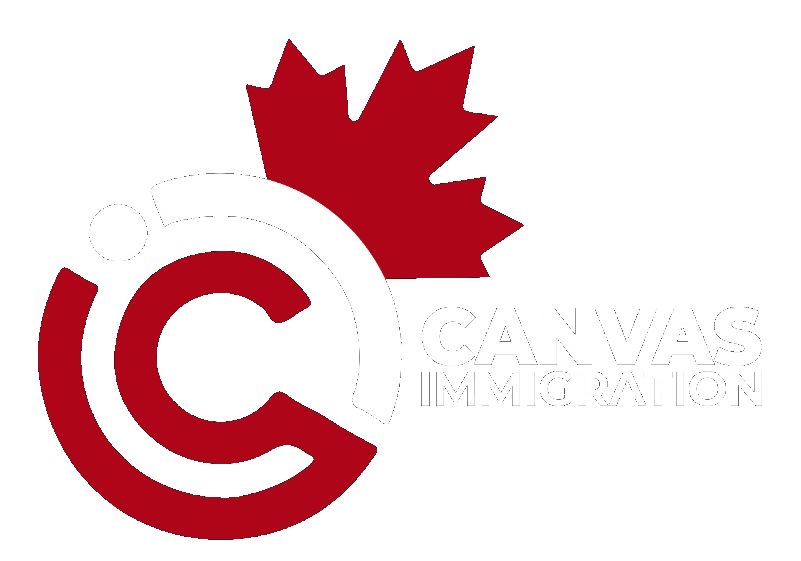Quebec, a province known for its rich culture and distinct identity, is experiencing a demographic shift like never before. In 2024 alone, the population jumped by 155,000, an increase driven almost entirely by immigration. While the birth rate has dipped to historic lows, newcomers from across the globe are keeping the economy and communities thriving.
This isn’t just a blip on the radar. It’s a long-term trend that reflects Canada’s broader approach to immigration, especially in provinces like Quebec that balance cultural preservation with economic need.
Quebec’s Growth Story: A Look at the Numbers
Let’s break down the facts:
| Metric | 2024 Value |
| Total Population Growth | +155,000 |
| Total Population (as of Jan 2025) | 9.1 million |
| Fertility Rate | 1.33 children per woman |
| Total Births vs. Deaths | 77,400 births vs. 78,800 deaths |
| Temporary Foreign Workers | 274,000 |
| Asylum Seekers | 180,000 |
| International Students | 71,000 |
| Total Temporary Immigrants | 617,000 |
| Permanent Residents (Newcomers) | 59,500 |
With births now officially outnumbered by deaths for the first time, immigration is no longer just an economic driver, it’s Quebec’s demographic lifeline.
Who’s Coming to Quebec and Why It Matters
The 2024 immigration surge in Quebec was led by non-permanent residents, especially foreign workers, students, and asylum seekers. These individuals are not only filling labor shortages but also contributing to local economies, education systems, and cultural diversity.
Here’s a breakdown of the top countries of origin for new permanent residents:
| Cameroon | Tunisia |
| France | Algeria |
| China | Morocco |
Interestingly, while Quebec received 40% of Canada’s asylum seekers, it hosted only 12% of its international students. This imbalance is prompting policy shifts, including newly passed caps on student numbers.
What’s Behind the Declining Birth Rate?
There’s no single cause, but several contributing factors:
- Women are choosing to have children later, with the average age at first childbirth now at 30 years.
- Urban living costs, career focus, and lifestyle choices are delaying or reducing family planning.
- The fertility rate has steadily dropped since 2009, now reaching 1.33, well below replacement level.
Despite this, life expectancy remains high, 82.7 years on average, which contributes to an aging population and increasing reliance on immigration to maintain a healthy workforce.
Immigration Policy Under Pressure
Premier François Legault has openly expressed concern over the pressure that temporary immigration places on housing, health care, and education. He’s asked the federal government to reduce the number of non-permanent residents.
Yet the numbers tell a different story. Without immigration, Quebec would be in population decline. The province saw just 1,900 people move to other provinces in 2024, a dramatic drop from previous years, highlighting that people want to stay. The long-term projection? The province could reach 10 million people by 2054.
What This Means for Future Immigrants
If you’re considering Canada as your future home, the opportunities are abundant, but so are the policy changes. Now more than ever, expert guidance is essential.
Here’s how we can help:
- Understand the best immigration stream for your profile
- Maximize your chances for both temporary and permanent residency
- Navigate specific rules and caps on programs
Quebec’s Future Depends on Immigration
The growing population is not because of births, but because of immigration. As birth rates hit record lows and the aging population increases, it’s clear that newcomers are the foundation of Quebec’s future. Whether you’re a skilled worker, student, or looking to settle permanently, Quebec offers a unique mix of opportunity and cultural richness.
Now is the time to explore your options, book a consultation with RCIC professionals at ImmigCanada, and take the first step toward your Canadian dream.
Add ImmigCanada to Your Google News Feed

